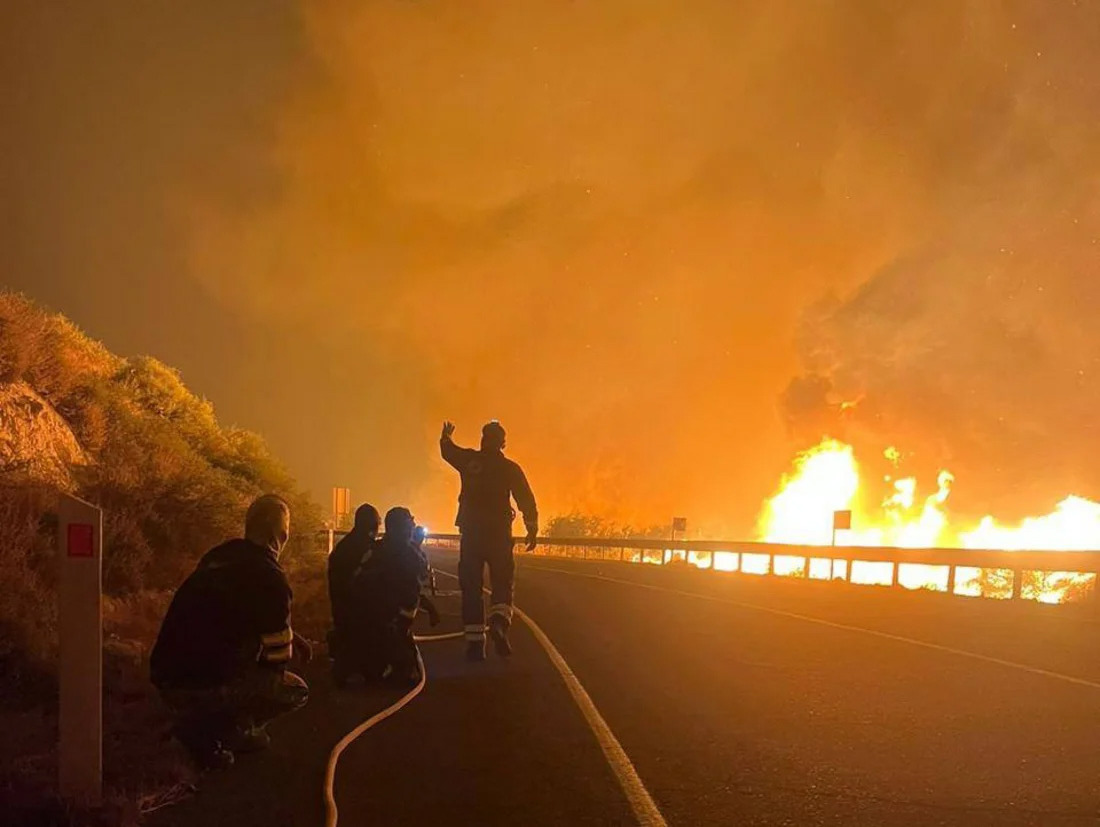The fire service’s report on the deadly July 23 mountain fire does not rule out malicious intent, the service’s spokesman Andreas Kettis said on Wednesday.
The report, prepared by a three-member committee based on testimonies, findings and an autopsy, was received by police investigators on Tuesday afternoon and will be included in the case file to be forwarded to the legal service, police sources said.
Following the fire, which burned approximately 125 square kilometres and caused two deaths, President Nikos Christodoulides ordered a full review of the emergency response by all relevant agencies, including the fire service, civil defence and the police.
The official reports assessing the agencies’ actions and coordination were made public on August 4, “in the spirit of transparency and accountability”, the president said in a written statement.
An independent investigation was subsequently conducted by US fire experts from the Bureau of Alcohol, Tobacco, Firearms and Explosives (ATF) upon the president’s request.
In the findings submitted to the Cyprus government on August 27, the ATF determined “with absolute clarity” that the fire was “caused by improperly discarded smoking materials and classified the fire cause as accidental”.
Their report included a detailed analysis of weather conditions at the time and noted that the fire’s rapid spread was influenced by the local topography.
The Limassol fire service’s suggestion of possible malicious intent contrasts the ATF’s conclusion of it being ignited accidentally.
In the Limassol wildfire that started on July 23 and raged for three days, two elderly people were burned alive and hundreds of homes and businesses were lost.
According to the latest official figures, the fire burned an area of 124 square kilometres. Seventeen communities in mountainous Limassol were affected, of which 13 suffered severe losses.
In those communities, 706 buildings succumbed to the flames – 335 were completely destroyed and 371 partially. Among them were 532 homes, 109 warehouses, 29 business establishments and 36 other constructions.
Over 775 farms also suffered total or partial loss of livestock and cultivations.







Click here to change your cookie preferences